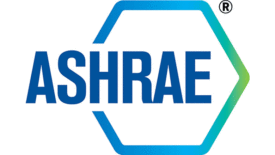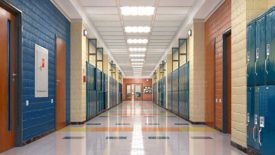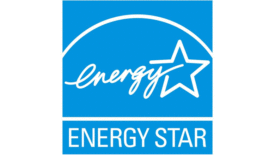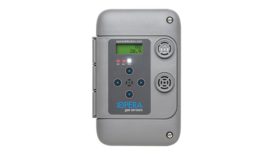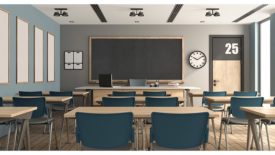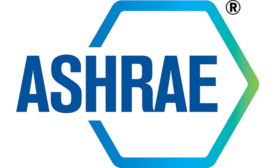Home » Keywords: » indoor air quality
Items Tagged with 'indoor air quality'
ARTICLES
Engineering controls that can transform school IAQ
Three IAQ pillars — ventilation, filtration and UV light.
April 19, 2023
Nicole Krawcke: Balancing IAQ and decarbonization
Don’t undervalue the importance of clean air.
April 11, 2023
It's time to make IAQ and improved ventilation a top priority in schools
Schools must upgrade antiquated systems to prevent the spread of COVID-19.
January 17, 2022
Get our new eMagazine delivered to your inbox every month.
Stay in the know on the latest plumbing, piping, hydronic and fire protection trends.
SUBSCRIBE TODAYCopyright ©2024. All Rights Reserved BNP Media.
Design, CMS, Hosting & Web Development :: ePublishing
